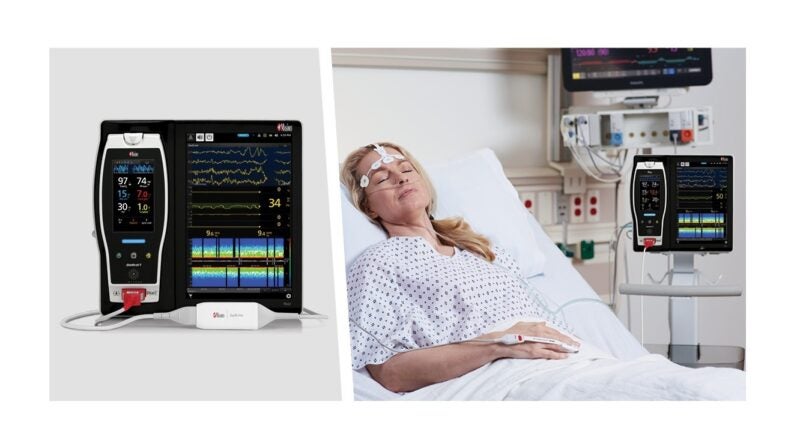
Masimo, a US-based medical technology company, announced that a new study of its Masimo SedLine Patient State Index (PSi) has shown the potential to enhance brain monitoring for patients put under sedation with dexmedetomidine.
Lichy Han and colleagues at Stanford University assessed Masimo SedLine Psi in the study and published the results in the Frontiers in Neuroscience journal.
The team studied the effectiveness of Masimo SedLine brain function monitoring to evaluate the sedation levels of patients undergoing drug-induced sleep endoscopy (DISE) using dexmedetomidine.
According to the medical technology company, Masimo PSi, which is a SedLine parameter from electroencephalographic (EEG) data, was found statistically and significantly related to the dosage of dexmedetomidine.
Additionally, the researchers found that another EEG metric better captured changes in brain state and showed its potential to improve dexmedetomidine sedation monitoring.
Study lead authors Lichy Han and David Drover from Stanford University perioperative and pain medicine said: “This study provides one more step in the journey to understanding SedLine processed EEG parameters that can guide sedation levels.
“In this case, dexmedetomidine, a widely used sedative, which has not been fully characterised by processed EEG, was titrated using standard indices PSi, SEF95, as well as fractal dimension (CD) commonly applied to time series data like EEG.
“In contrast to BIS, SedLine parameters (particularly PSi) were able to characterise processed EEG changes that correlated with dexmedetomidine sedation level and concentration, and these parameters correlated better than the subjective measure RASS (the most widely used clinical measure of sedation depth).”
The researchers enrolled 51 patients undergoing DISE for the diagnosis and potential treatment of obstructive sleep apnoea. The patients were sedated with dexmedetomidine and monitored continuously using Masimo SedLine.
The medical technology firm recorded the concentration of the drug in blood using a pharmacokinetic model, two metrics and two analyses.
The researchers said that advanced EEG metrics like PSi and CD, when compared to RASS score and SEF95, more effectively captured alterations in brain activity due to dexmedetomidine, suggesting their potential to enhance the monitoring of dexmedetomidine-induced sedation.






